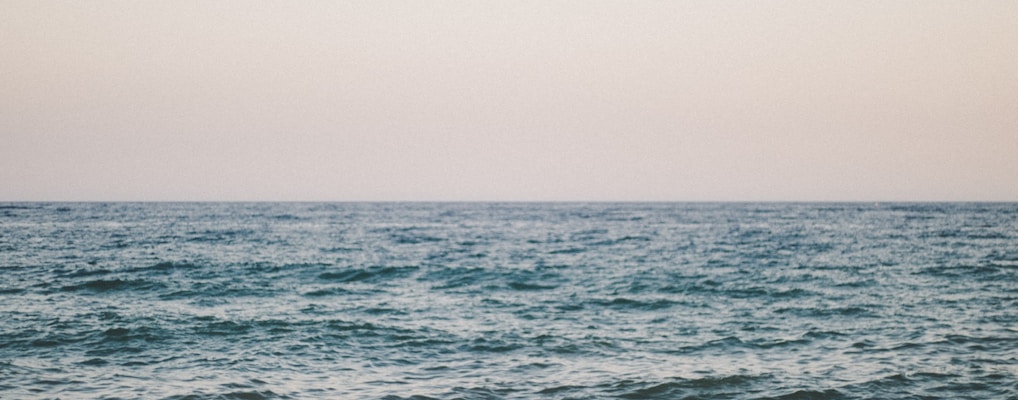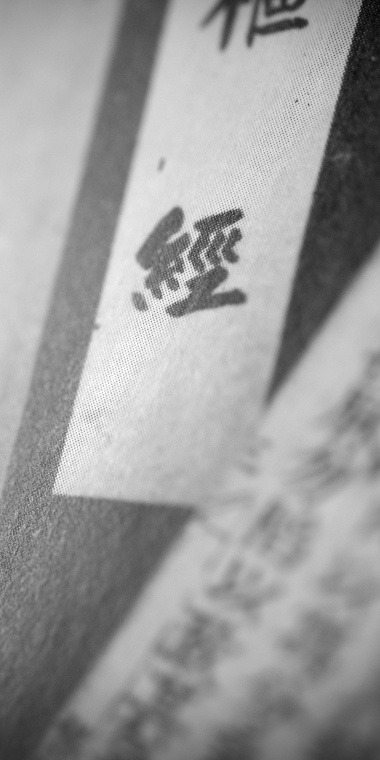My
Journey


Witnessing the power of traditional medicine
••
When I was a teenager I struggled with chronic, sometimes severe back pain. Many factors contributed to this issue : a sedentary lifestyle, poor postural habits, and lack of appropriate post-operative care following surgical procedures. When the conventional medical treatments available to me failed to provide lasting reflief, I went looking for help amongst practitioners of alternative medicine. Many of them were able to bring me some relief, but those that were using traditional Chinese medicine impressed me the most.
I then started practicing qigong — mind-body exercises often prescribed alongside traditional medical treatments. This in turn led me to study Chinese martial arts, first in my native town Quebec City, then in Montreal, with Master Yang Hai, a renowned taiji, xingyi and bagua instructor. Training under his guidance, my whole body gradually became stronger and more flexible : I was able to move freely and I felt more connected to my inner self than I ever did before.


Receiving the teachings
and refining my skills
•••
Once introduced to traditional arts through qigong and Chinese martial arts, I went on to study Japanese shiatsu, a massage therapy technique that integrates meridian theory from traditional Japanese and Chinese medicines with teachings from Zen Buddhism. I had the privilege to learn from experienced therapists, many of whom had studied with Japanese masters. As my understanding of the mechanisms and relationships that regulate our bodies and minds grew, I came to realize that the practice of these therapeutic arts would not only allow me to heal and help others heal from old wounds, it would also guide me, so that I would become more in tune with the world around and inside me. I started to understand the real power of those self cultivation tools : how they were slowly but surely changing me, not only improving my health but shaping me into a better, more authentic version of myself.
After working as a massage therapist for a few years, I went back to Rosemont College to study traditional Chinese acupuncture. This allowed me to further develop my understanding of the canonical texts of this ancient, yet continuously evolving medical tradition. Studying scientific biomedicine alongside traditional Chinese medicine at Rosemont College, I was able to appreciate the particular strengths and weaknesses, as well as the complementary natures of these two theoretical systems.


Walking further on the path
⸰ ⸰ ⸰ ⸰ ⸰
I practiced acupuncture, often in combination with massage therapy, for over a decade, honing my skills and refining my awareness of the more subtle aspects of these arts. Through this incremental process of testing and integrating the tools and teachings that were passed on to me, the foundations of the biomimetic method began to materialize. At first I doubted myself : who was I, a simple practitioner of traditional medicine, to come forward with this “new” method of treatment? Then, as my ideas matured and my clients confirmed they were noticing lasting improvements to their general health following treatment with the method, it dawned on me : this method wasn’t new at all — it was a synthesis of everything had been taught to me over time. And I was doing what generations of practitioners had done before me : adjusting my tools to meet contemporary circumstances and alleviate more efficiently the suffering of those that come to me for help.


